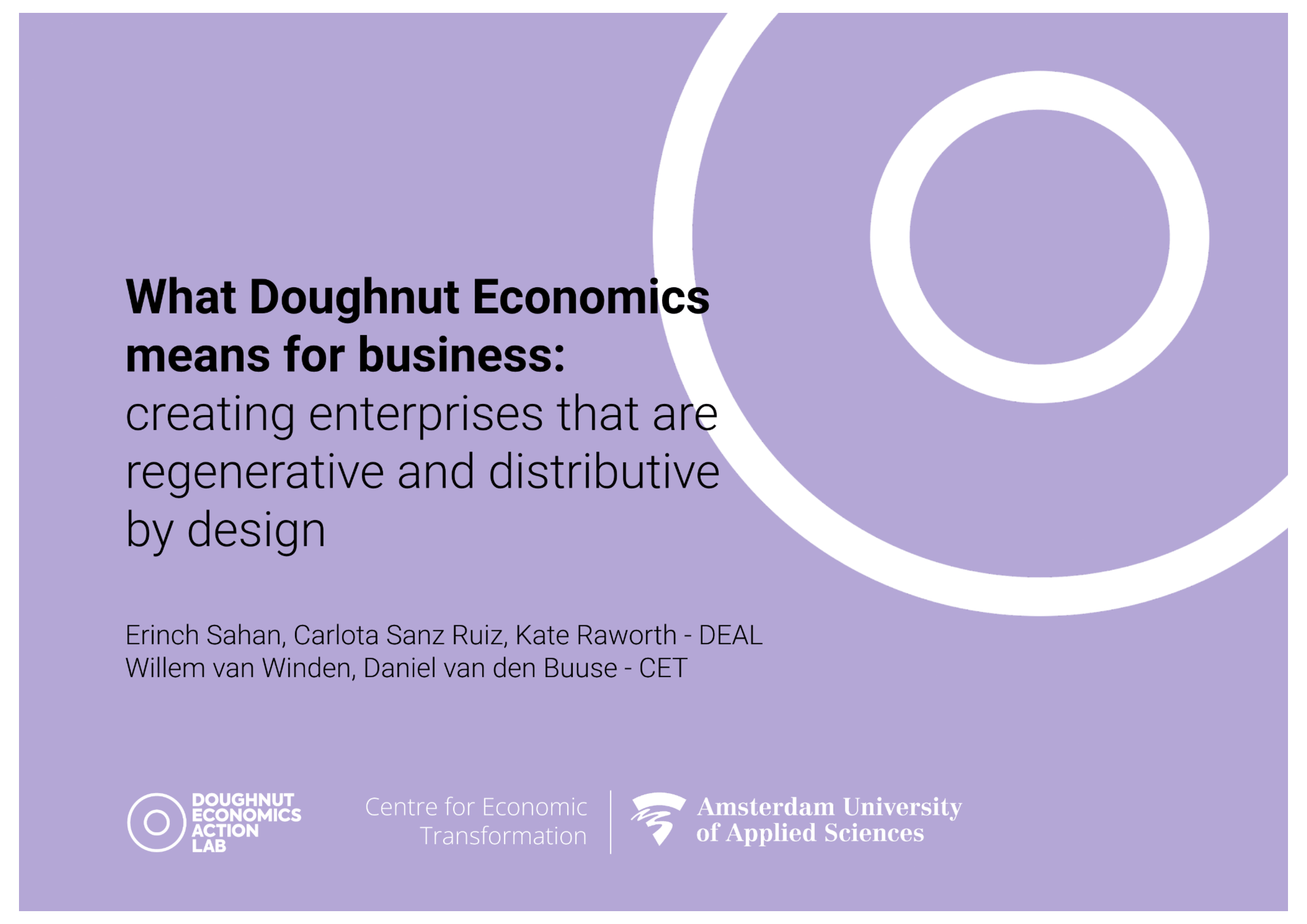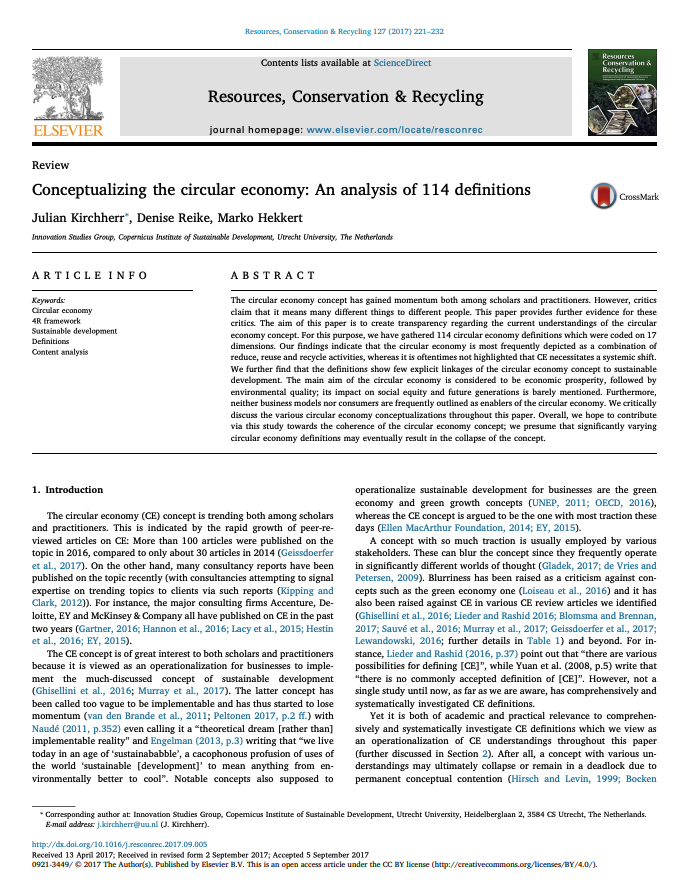Library | SDGs
GOAL 11: Sustainable Cities and Communities
Refine
75 results
REFINE
SHOW: 16


Guide to banking and sustainability - edition 2
This guide provides advice, best practices, and case studies for banks to integrate sustainability principles into their operations and services, ultimately enhancing the long-term value of their businesses
Impact at work: An examination of corporate impact investing strategies and their durability
The report examines the durability of corporate impact investing strategies in advancing positive social, economic, and environmental outcomes while remaining financially sound. It explores impact themes, capital sources and risk-return strategies of corporates. The report concludes with recommendations to build and maintain impact investing programs over the long term.
Creating city portraits: A methodological guide from The Thriving Cities Initiative
This report introduces a practical approach to visualizing sustainable urban development. Based on the 'doughnut' concept, the guide provides insight into the holistic nature of thriving cities and acts as a transformative tool for policymakers.
The Passives Problem and Paris goals: How index investing trends threaten climate action
This report sheds light on the Passives Problem, highlighting the dangers of an excessively passive investment market. It argues that this trend is hindering progress on mitigating climate change and exacerbating the risks of market instability. The report suggests possible solutions to the problem and examines how investors can align with climate action.
Rethinking climate change: How humanity can choose to reduce emissions 90% by 2035 through the disruption of energy, transportation, and food with existing technologies
This report examines how existing technologies in energy, transportation, and food could lead to a 90% reduction in greenhouse gas emissions by 2035. Using the Seba Technology Disruption Framework, they forecast disruptive changes and identify how markets could drive emissions mitigation.
Physical risk framework: Understanding the impacts of climate change on real estate lending and investment portfolios
This report provides lenders and investors with a four-step process to assess the physical impact of climate change on their real estate and infrastructure portfolios. The report emphasises the importance of using insurers’ extreme weather models within this framework to estimate natural catastrophe risks.
Transition risk framework: Managing the impacts of the low carbon transition on infrastructure investments
This report introduces a transition risk framework aiding investors and regulators in navigating risks and seizing opportunities in the low-carbon transition. It enhances comprehension of how transition risks impact financial performance in infrastructure investments, offering a transparent, adaptable, and robust methodology for assessing the financial implications of a shift towards a low-carbon economy.
Fostering impact: An investor guide for engaging communities in place-based impact investing
This paper provides real-life cases and practical steps to integrate community engagement in investment processes. It offers methods for investors to identify and pursue community engagement opportunities, outlining different ways to incorporate engagement into investment decision-making.
Financing environmental and energy transitions for regions and cities: Creating local solutions for global challenges
This report presents recommendations for bridging the gap between financial institutions' lack of structures for local initiatives and subnational governments' lack of knowledge to take that role. It proposes adapting finance data to include integrated value.
Finding affordable home options for invisible women
This report explores ownership models for modest-income earning 'middle-aged' women in Australia. Findings suggest that shared equity, build-to-rent and rent-to-own, and staircasing models provide possible affordable home options to this growing group if financial barriers are eliminated through a subsidy or philanthropic funding.
Exploring philanthropy's role in addressing the affordable housing crisis: A synthesis of the evidence
This report explores how philanthropic funds can be leveraged to tackle financial and non-financial barriers in affordable housing. Desk research, case studies, and financial modelling have been used to highlight the role philanthropy can play in bridging the gap for various affordable housing models.
The geography of Australia’s digital industries: Digital technology industry clusters in Australia’s capital cities and regions
This report documents the location of 96 digital technology industry clusters in Australia’s capital cities, regions, and suburbs. The report draws attention to the variables that affect industry growth and development, from company profit growth to housing affordability and quality of life.
Safety by design: Model clauses for due diligence arrangements and funding agreements
This document provides model clauses for due diligence arrangements and funding agreements related to eSafety for startups. It includes pre-conditions for funding agreements, covering policies, staffing, training, and external communication. Additionally, the document urges startups to complete the eSafety assessment tool and implement safety by design measures.
How asset managers can set interim net zero targets that are fit for purpose: Responsible investment standards and expectations
This paper provides guidelines for asset managers to strengthen their interim net zero targets, help promote transparency, effective emissions reduction and promote responsible finance within a modern world faced with an ever-increasing problem of climate change and inequality.
What Doughnut Economics means for business: Creating enterprises that are regenerative and distributive by design
This guide is intended for businesses and individuals who want to implement Doughnut Economics principles. It provides guidance on how to redesign a business through its strategic decisions and operations by focusing on purpose, networks governance, ownership and finance. The paper explores barriers and innovations to sustainable business design.
Conceptualizing the circular economy: An analysis of 114 definitions
The aim of this paper is to create transparency regarding the current understandings of the circular economy concept. The findings indicate that the circular economy is most frequently depicted as a combination of reduce, reuse and recycle activities. Concerningly, many definitions overlook that circular economy necessitates a systemic shift.















